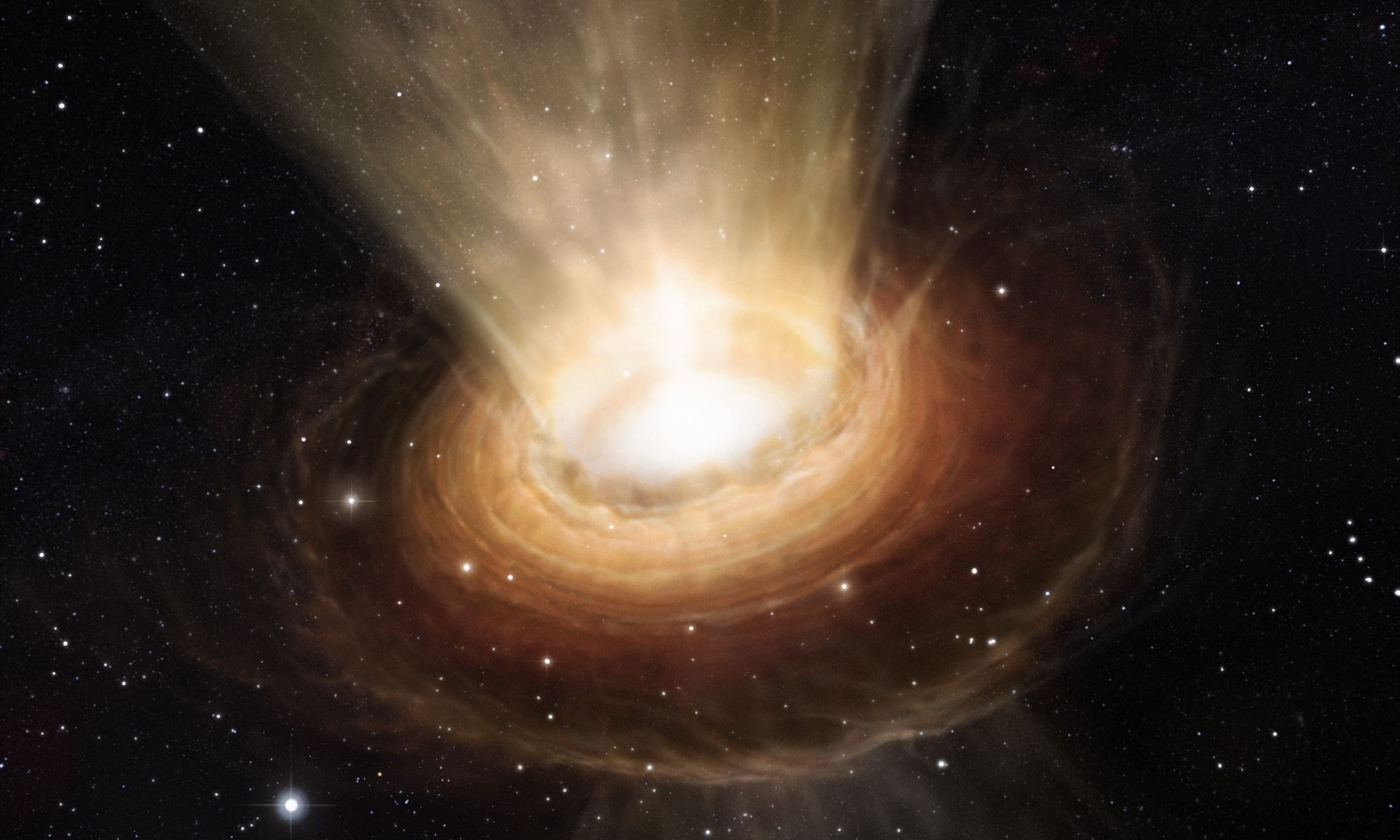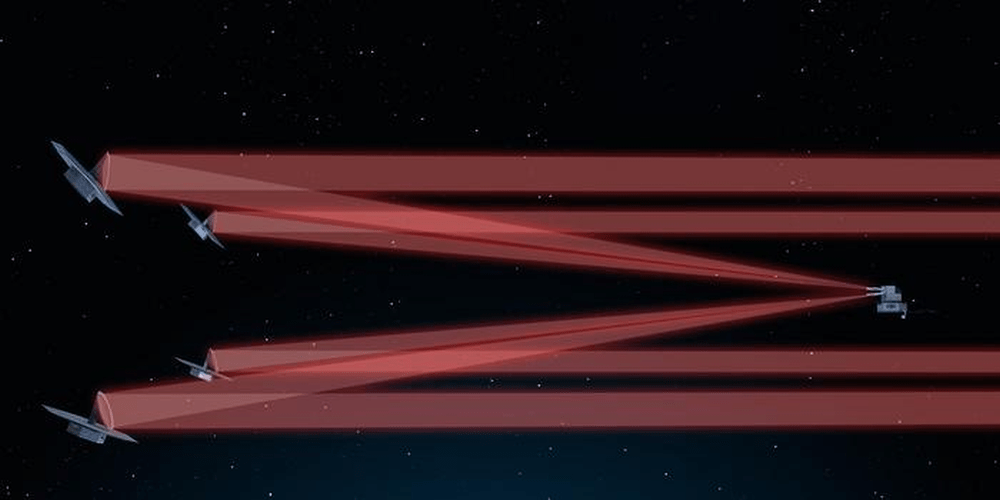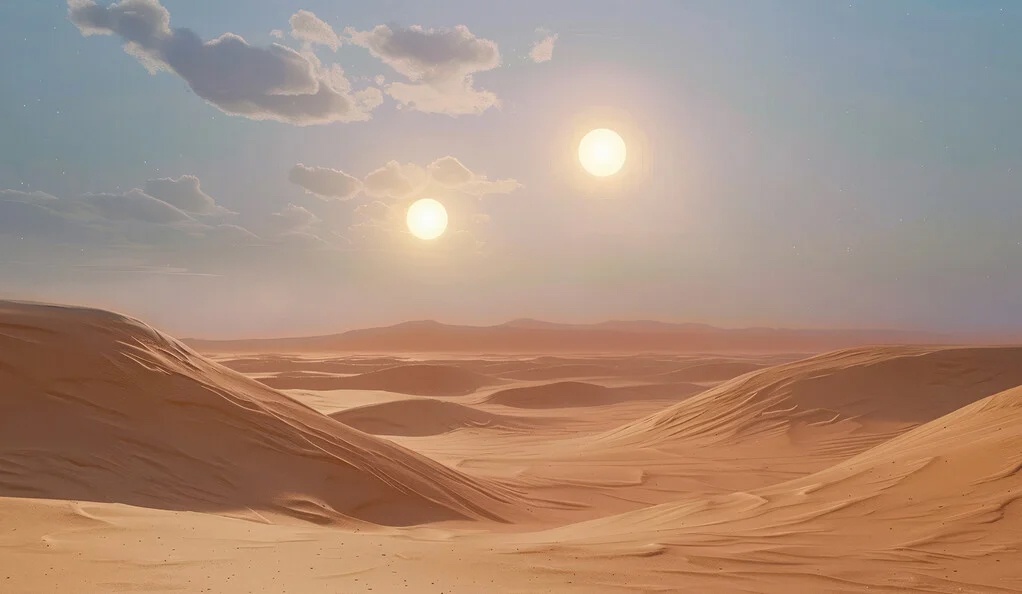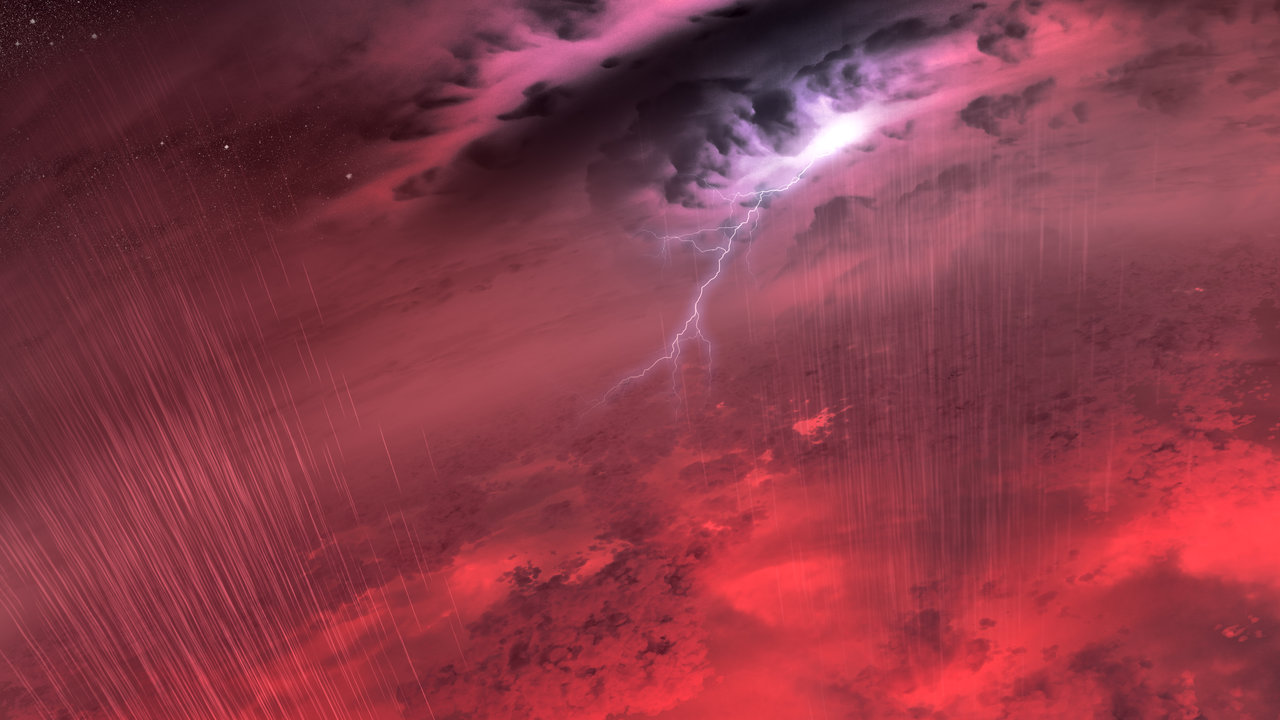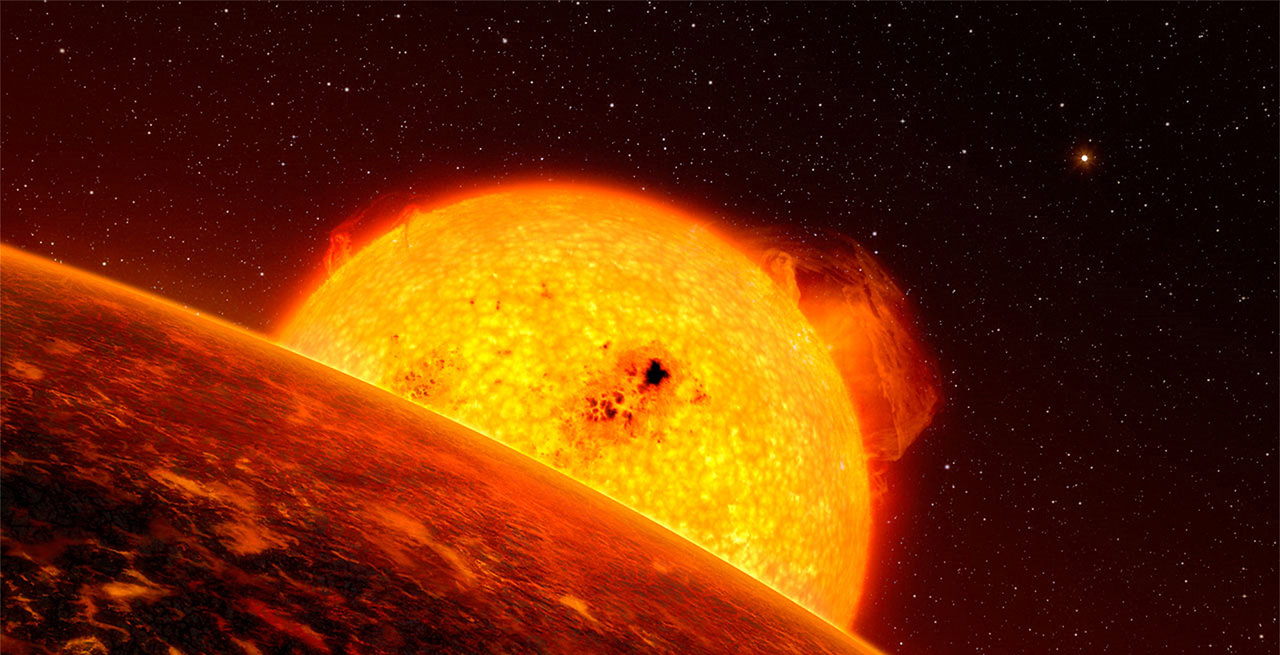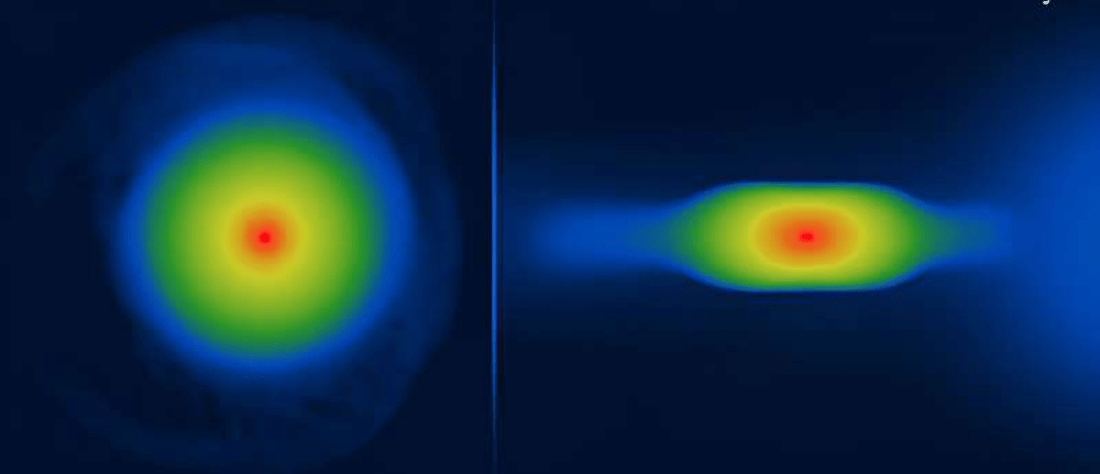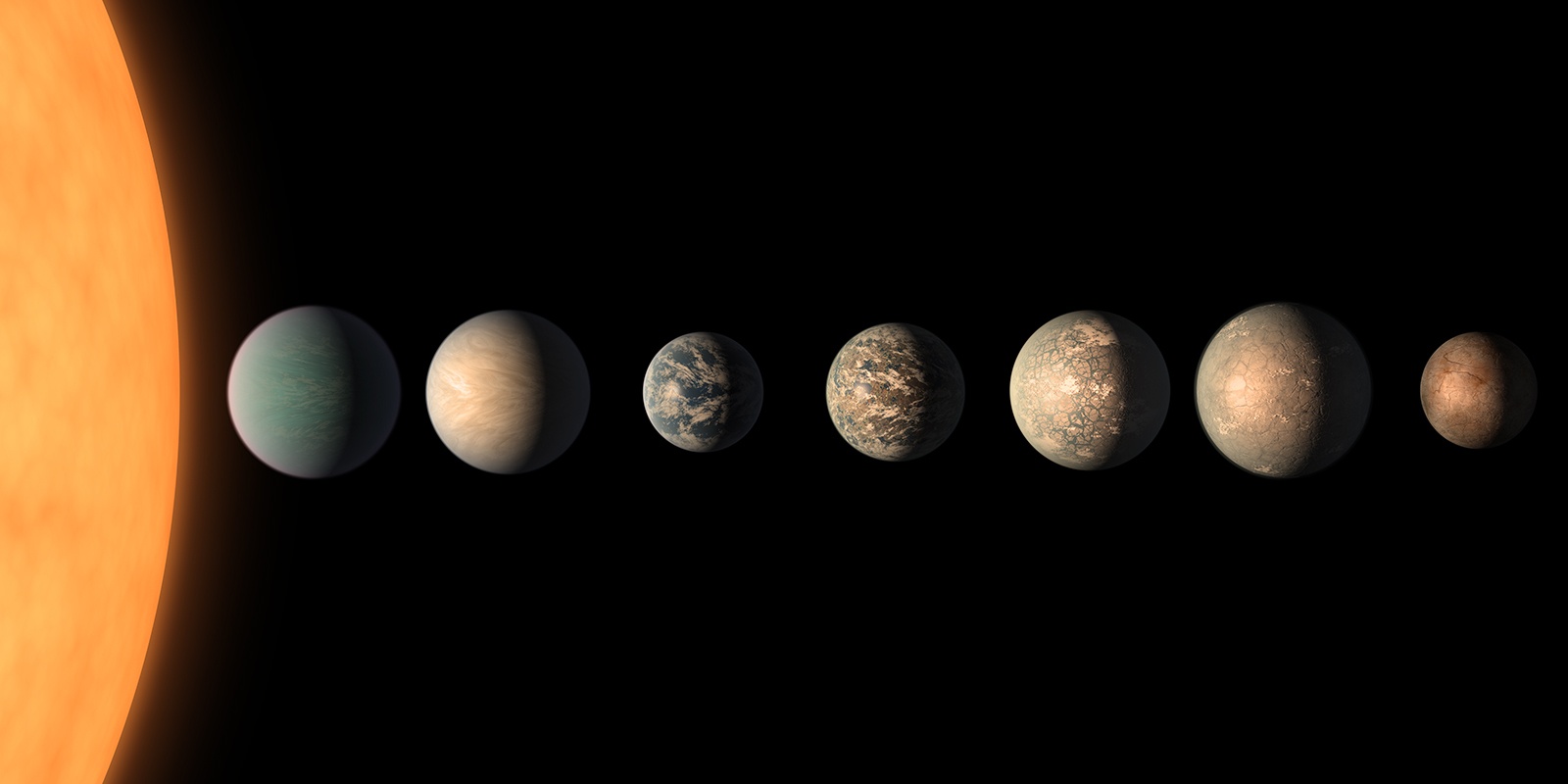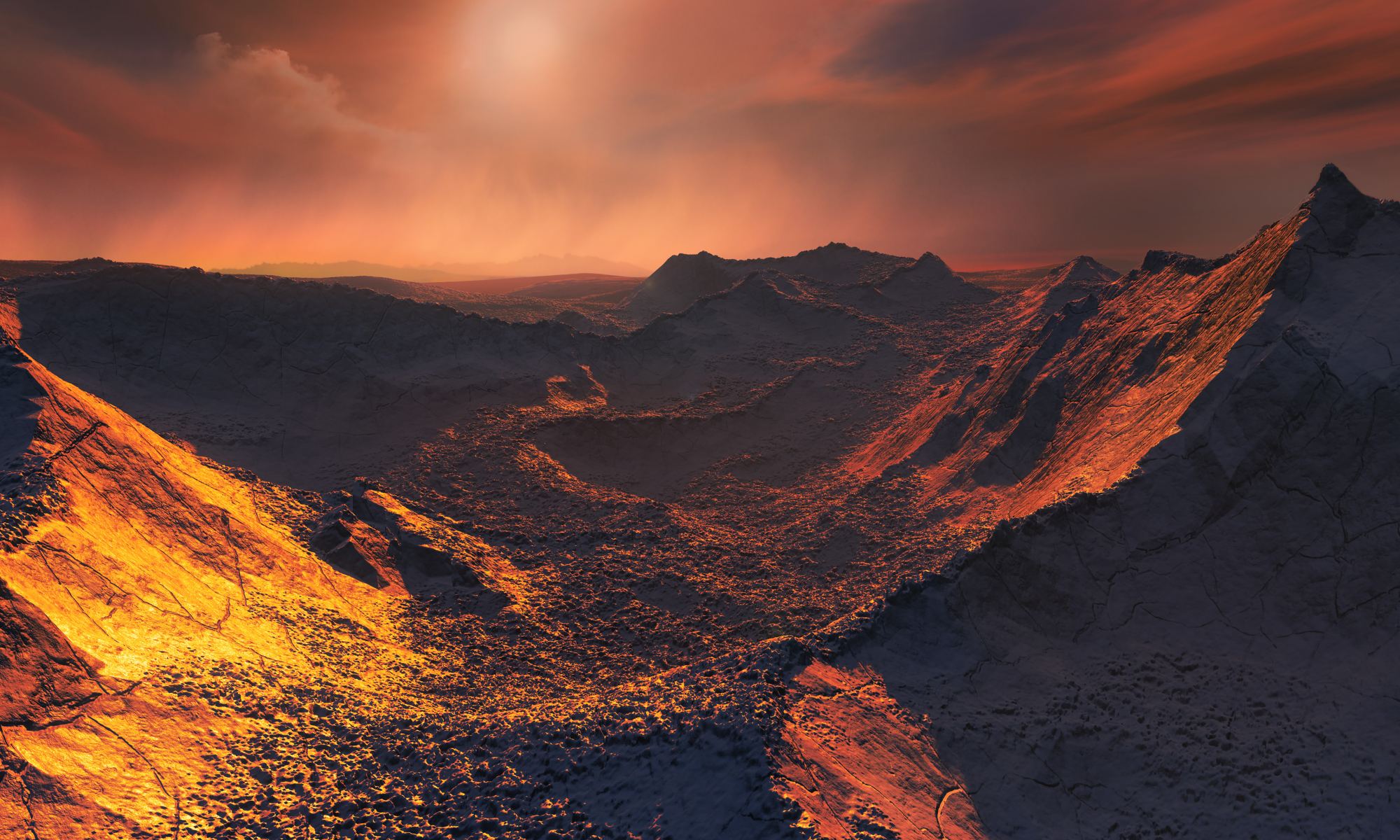Nearly 5 billion years ago a region of gas gravitationally collapsed within a vast molecular cloud. At the center of the region, the Sun began to form, while around it formed a protoplanetary disk of gas and dust out of which Earth and the other planets of the solar system would form. We know this is how the solar system began because we have observed this process in systems throughout the galaxy. But there are details of the process we still don’t understand, such as why gas planets are relatively rare in our system.
Continue reading “Webb Sees a System That Just Finished Forming its Planets”Webb Sees a System That Just Finished Forming its Planets
